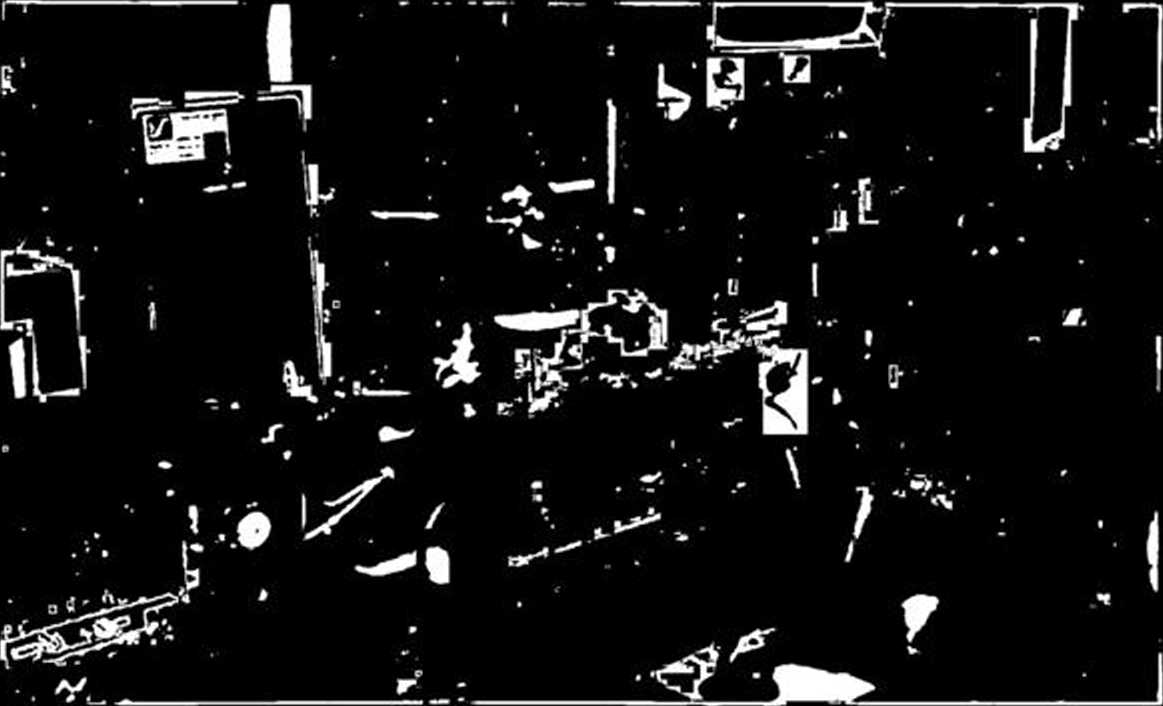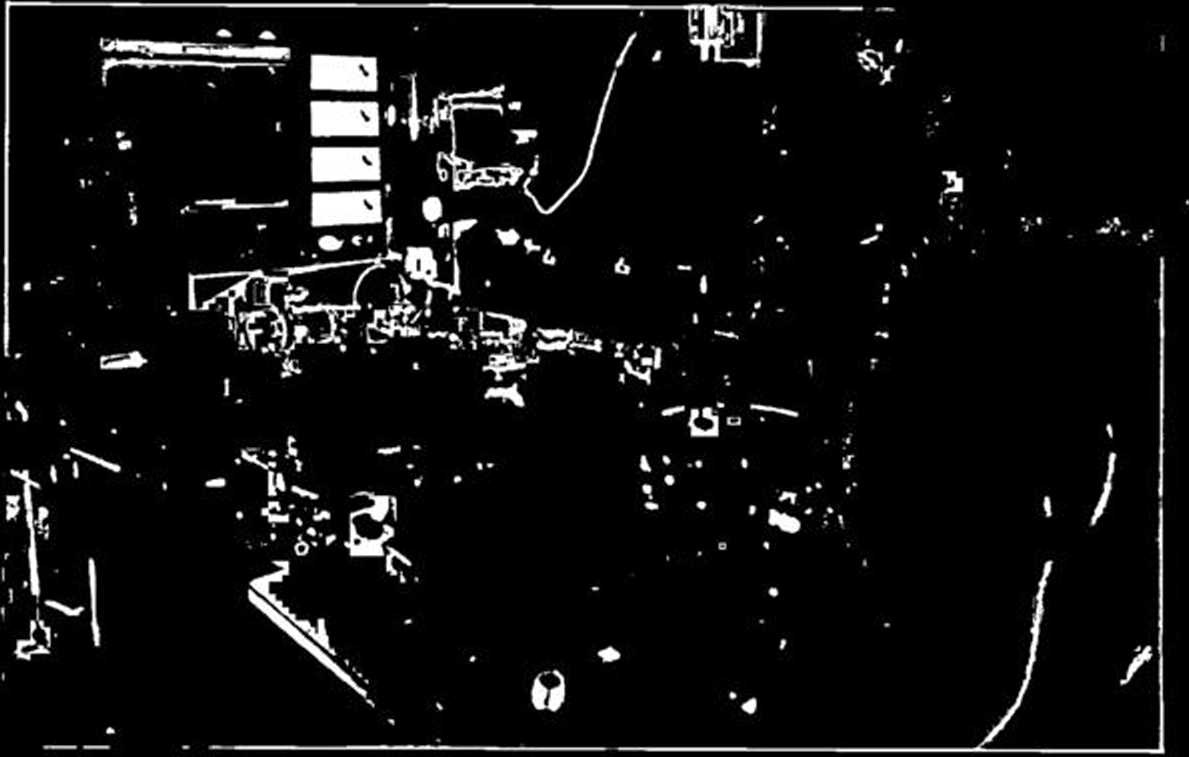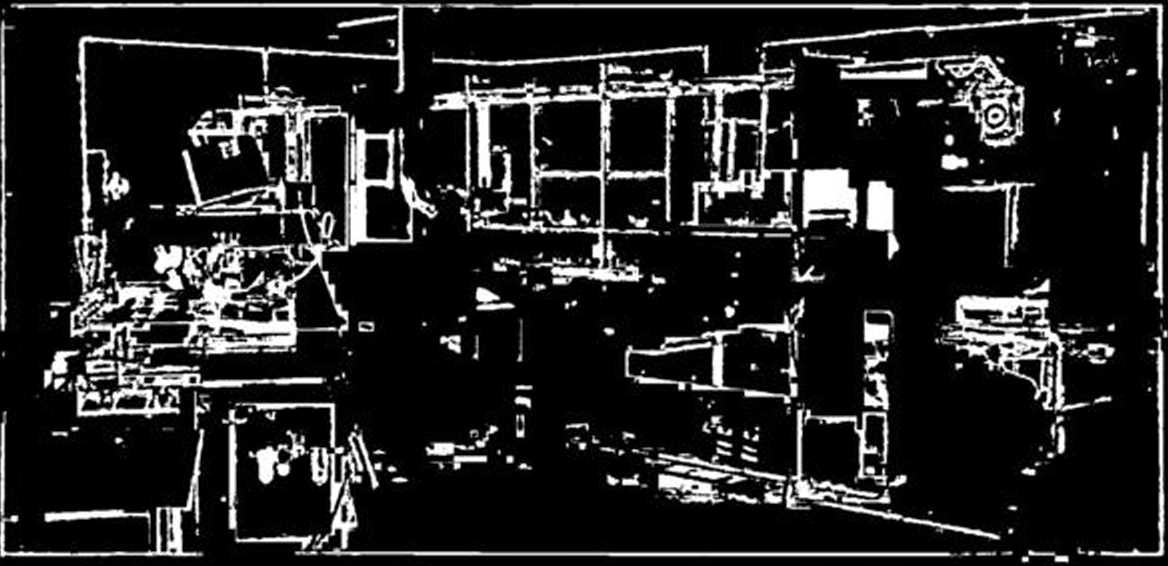5196106198
neers using the latest Computer aided design tools, to develop the firm’s de-signs and back up the manufacturing plant.
Now then — where do you think this innovative, pioneering, efficient and world competitive electronics firm was located — in California’s Silicon Valley? In one of Taiwan*s science-based indus-trial parks? In Japan? In Singapore?
No, nonę of these. Believe it or not, it was in Revesby, an unassuming sub-urb in the western suburbs of Sydney — right here in Australia!
The company was Appliance Control Systems, and if you’ve never heard of it before, you wouldn’t be alone. It was still almost unknown in its own country, even though overseas it was (and still is) regarded as one of the leading intema-tional designers and manufacturers of state-of-the-art appliance controllers. Only a few months ago it was exporting around S500,(KK) worth of controllers per month — not bad at all for an “unknown” little Aussie company!
But now (late July) Pve just been back to ACS again, and it*s a dramati-cally different story. All of that hi-tech manufacturing plant is now idle, waiting to be packed into crates for shipment to Singapore. Most of the 80-odd employ-ees have also had to be put off, with the remaining people due to finish off at the end of the week. ACS the promising, dynamie and internationally competitive electronics exporter is no morę.
What happened? How could such a successful company, with a bulging order book and terrific export potential — one that was virtually a model for Australian hi-tech manufacturing, go down the shute so quickly? To find out I spoke to Laurie Larsen, the founder and managing director of the company, who with his son Greg was the driving force behind its growth.
Laurie was chief engineer for EMI Military Electronics for many yeaęs. He’s a very experienced and talented engineer, but also one of those rare people who’s also a pretty astute businessman. Until late last year, he and Greg had guided ACS very capably through the maże of business plans, cash flows, materials scheduling and leasing of manufacturing plant.
It had been that astute business sense that had led him to set up ACS in the first place. After leaving EMI, he bc-came a design consultant, and found himself called in to help one or two appliance manufacturers whosc in-house engineers were having difficulties de-signing new models. Like most appli-

One of ACS’s highly trained people checks operation of its state-of-the-art Kullcke and Soffa 1470 automatic wlre bonding machinę. It has now gone, too.

Now also in Singapore is thls Kulicke and Soffa 6300 auto die bonding machinę, which took chips direct from the wafer and bonded them to PCBs.

As well as the Dy na pert MPS500, ACS also had an Amistar SM1000 automatic SMD pick-and-place machinę, shown at left above with the wave solderer to the right. Total assembly capacity was an impressive 20,000 component placings per hour.
ELECTRONICS Australia. September 1987
21
Wyszukiwarka
Podobne podstrony:
AutoCAD II ID206, 2 credils This first semester course in Computer-Aided Design and Drafting (CADD)
Minos Rapid Prototyping - Podręcznik 2 CAD CAD (ang. Computer Aided Design) - komputerowo wspomagane
Computer Aided Design J3j» «.** O.. i- A - r- KK ©Witold Andrzejewski, Politechnika Poznańska, Wyd
Computer Aided DesignZakres CAD: - modelowanie cyfrowe-tworzenie cyfrowej
Techniki CAD ► CAD (Computer Aided Design) Komputerowo Wspomagane Projektowanie ►
Pakiety CAD •CAD/CAM (Computer Aided Design and Manufacturing) -zintegrowane (komputerowo wspomagane
Nazwa przedmiotu: Komputerowe wspomaganie projektowania (CAD) Computer aided design
Computer - aided design - projektowanie wspomagane komputerowo administrative - purposes - cele
51341 milo 01 10 RECULAR EX£RCISE NO 4 For Developmcnt of Tri cepa, Deltoids and Back Musdes. Use th
1.5 CAM- Computer Aided Manufacturing Manufacturing as the design stage is a set of activities assig
ancc va)ue at any othcr temperaturę. We can also compute the resistance by using the temperaturę
wjpefcr rtkcal airfoil sections has be en performed, by using the Computer codę USTF3 which »łves th
LADD (Computer Aided Drug Design) •Wspomaganie Komputerowe Projektowania Leków, nazywane w skrócie -
snap 1 Artifact Tester 5 Using the PimpBfood 2.0 Engine: The FIRST program designed for te sting wid
Security Guidelines Anyone using MySQL on a Computer connected to the Internet should read this sect
Administering the Database with SQL-Based Management Tools In addition to using the graphical user i
więcej podobnych podstron